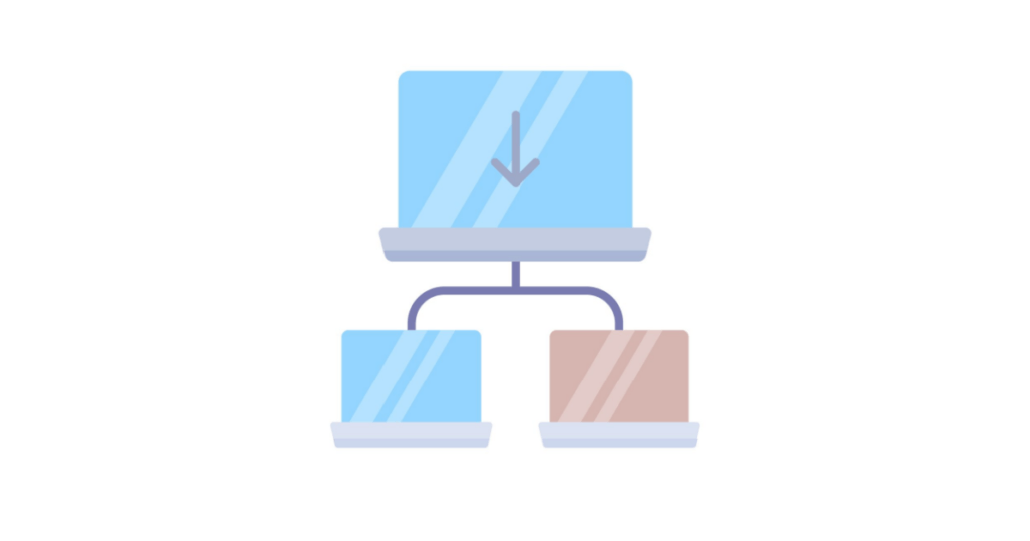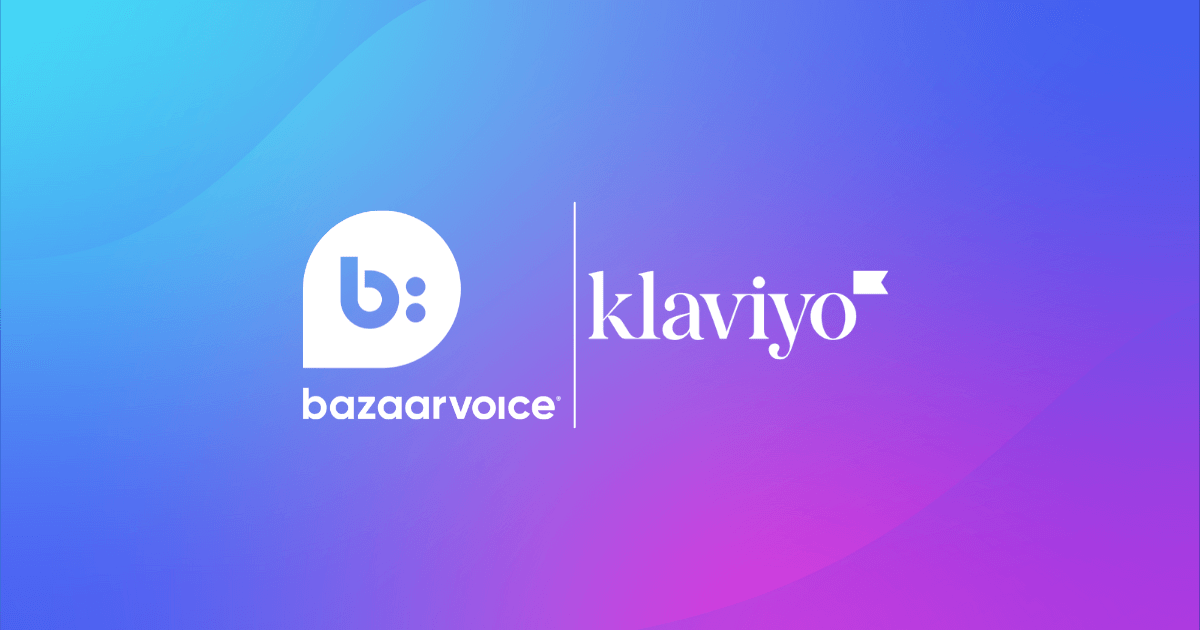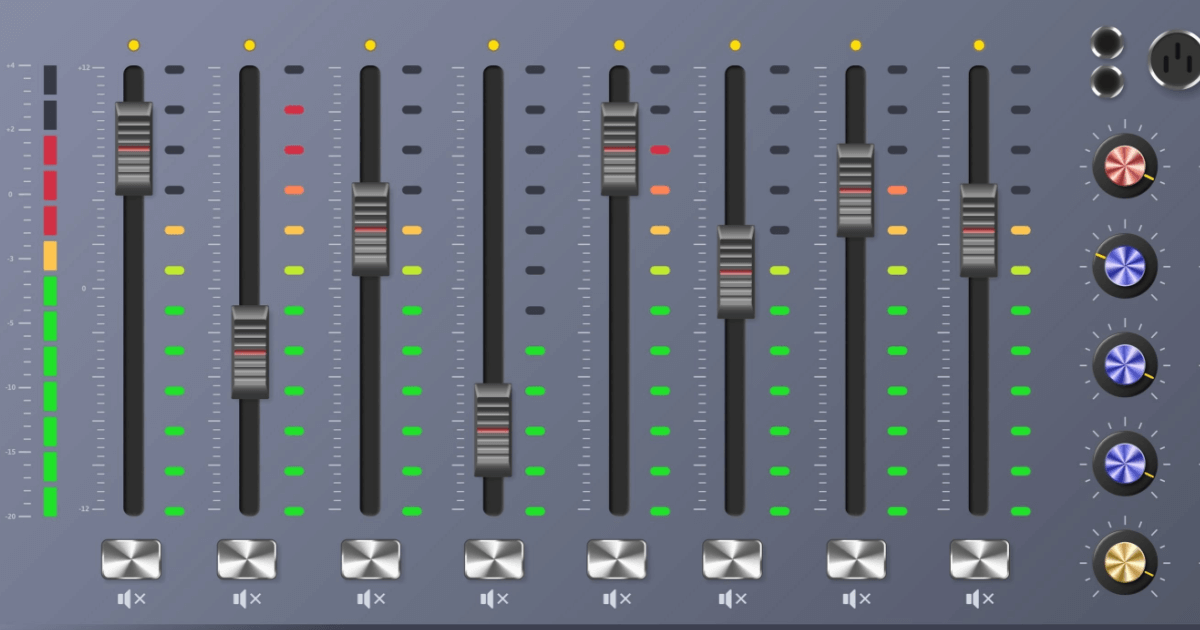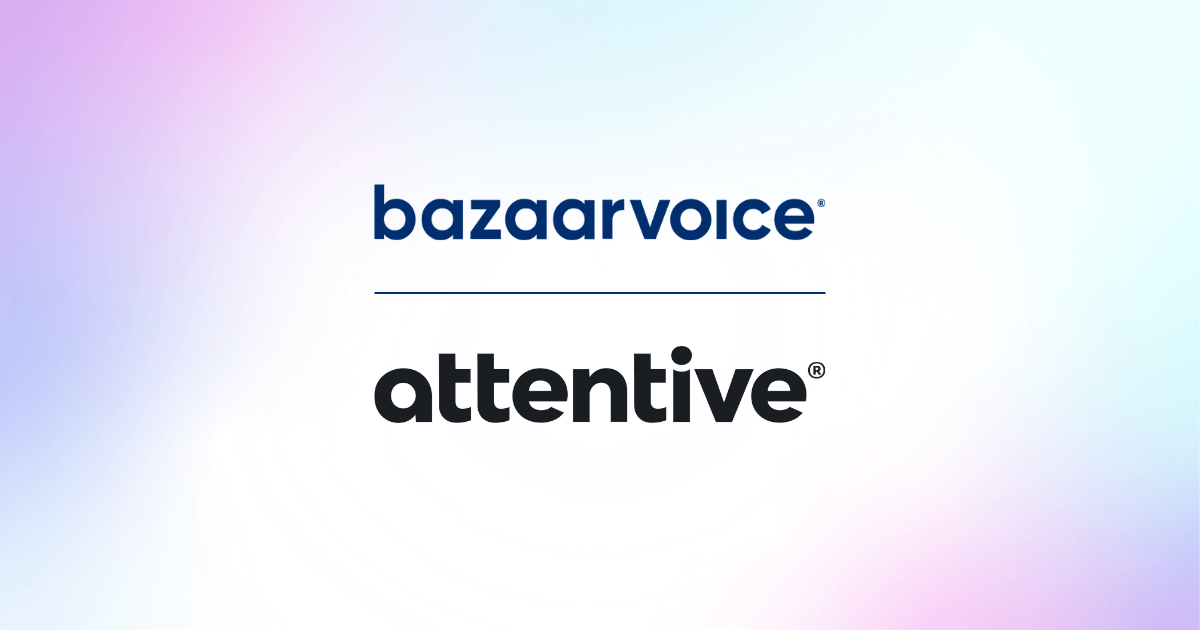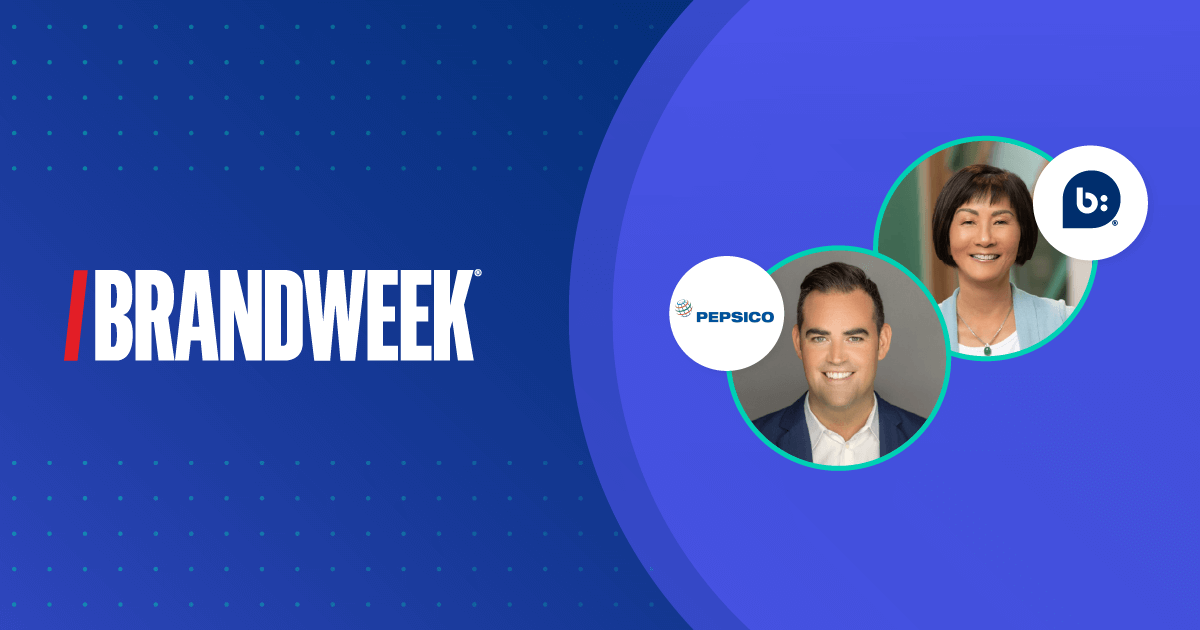March 29, 2024
Only 2.4% of e-commerce website visits end in a purchase. So basically if your e-commerce website came with store associates to ask, “Can I help you find anything today?” over 97% of responses would be something along the lines of “No thanks, I’m just browsing.” That doesn’t mean that the majority of your audience is uninterested — just that they’re not ready to buy yet. One of the best ways to convert these casual browsers into buyers is via retargeting marketing.
You’ve been served retargeting ads before, some more effectively than others. Some sites (not naming names, Amazon) love to retarget you with ads for items you’ve already bought. These ads are useless when the item they’re showing is one you (hopefully) won’t need to repurchase soon, like a toaster or a pair of headphones.
But sometimes, you see that cute top you were waffling over, or those pants you love now come in another color…and they’re on sale.
This is the kind of retargeting you want your company to do: the kind that reaches high-potential buyers with info that will convince them to convert. Campaigns that can do this are a great option for online retailers, especially small and mid-sized outfits. They have a fantastic ROI and can help you increase sales among newcomers as well as returning customers.
Okay, but what if you’ve never done retargeting marketing before? It may seem like a big world to jump into, especially given the looming changes to third-party cookies. But you don’t need to feel overwhelmed. Here’s how to sell your boss (or your boss’s boss) on green-lighting a campaign — and how to launch and administer it so their investment proves itself worthwhile.
Chapters:
- What is retargeting in marketing?
- Three benefits of retargeting marketing
- Elements of a good retargeting ad campaign
- How to get started with retargeting marketing
- Win at retargeting marketing with contextualization
What is retargeting in marketing?
Retargeting marketing campaigns exist to reach out to prospects who have already shown interest in your company or products in the hopes of convincing them to buy. The clue’s in the name.
As a marketer, you probably know the rule of seven. This guideline tells us that most customers need to encounter a brand at least seven times before making a purchase. It’s a concept that was born pre-internet but has been reaffirmed multiple times in the digital age.
Retargeting helps your brand reach that magic number by tracking your online visitors across the web to serve them branded ads. You can use retargeting for display ads on any website or to reach your prospects on social media.
And now that the modern e-commerce funnel has changed (read: collapsed) and purchases can happen anywhere at any time, retargeting marketing increases your chances of driving purchases even further.
Preferably, these ads call back to a shopper’s interactions with your brand and products. Even if your target doesn’t click an ad, seeing it will increase their familiarity with your brand while keeping their shopping (sorry, browsing) experience top-of-mind.
The idea is to build enough trust and remind your would-be buyers about your products enough times to finally earn that sale.
Three benefits of retargeting marketing
Anyone can launch and benefit from a retargeting marketing campaign. However, the upsides are especially big for small and mid-sized retailers. National and multinational brands have more to spend on marketing and, therefore, have a much easier time staying top-of-mind with audiences.
Retargeting marketing allows your small brand to do more with less and reach niche audiences much more easily.
1. Generate (targeted) awareness for less
Because people typically need familiarity with a brand before they choose to buy, merchants have to do a lot of work upfront to woo potential customers. Large brands can plaster the web (and the physical world) with ads and other buzzy marketing campaigns. Smaller brands simply don’t have that luxury.
Retargeting allows you to build awareness on a budget by focusing on a narrower (and high-potential) audience. When you spend money to retarget people who have heard of your brand and products at least once, you’re speaking to an audience that’s already somewhat engaged.
You’re not spending money on thousands of views that won’t result in any interest, you’re being smart with your ad spend to find those who already are.
2. Easily promote new items or collections
A successful product launch requires significant investment in marketing. As with your awareness campaigns, using retargeting allows you to make a smaller investment without losing your chance to make a splash.
Done well, retargeting allows you to segment your audience by behavior and/or interest. You can use your existing retargeting lists to pinpoint would-be buyers who are most likely to care about a new product.
For instance, shoppers who have previously looked at women’s activewear might want to know about those new yoga pants in stock. Those who have been browsing your phone cases might be a good target for ads sharing your stylish new power banks.
3. Increase customer lifetime value (CLV)
You don’t have to limit your retargeting efforts to prospective customers — why not reach out to those who have already bought from you to see if you can entice them to return? You can share a new product as mentioned above or maybe to let them know your company’s having a sale. If you sell items that need to be replenished regularly, maybe showing a new series of ads every other month will remind them and bring them back to your store.
Retargeting gives you a way to do personalized marketing on a small scale and effectively reach audiences who are likely to make a purchase.
Elements of a good retargeting ad campaign
A retargeting marketing campaign isn’t guaranteed to work just because you’re reaching out to customers who have recently expressed interest in your brand. Your ads still need to speak to your audience’s needs and desires and reach them in the right place and at the right time.
Keep your campaigns effective by following these criteria.
Highly specific ads
Retargeting campaigns aren’t just about reminding people your brand exists. It’s about reminding people why they were interested in your brand to begin with. That’s why these ads typically feature products rather than generic brand imagery or content.
The more your ad speaks to a target’s reason for visiting your site in the first place, the better chance it has of achieving its desired goal — to bring them back so they’ll complete the purchase. Display the exact item(s) your target viewed, products within the same category or that share a use case, or items you know are popular among the demographic your target is part of.
Specific ads give viewers a concrete reason to check out your site again, and when they come to your store with that reason in mind, they’re more likely to make a purchase.
Coordinated landing pages
This is a must-have for any ad campaign, and it’s no different in the world of retargeting marketing. Your ads are specific, so your landing pages must be, too.
Ads that tout the product someone was looking at but then bounce them to your homepage will leave a bad taste in your audience’s mouth by wasting their time. They know what they are after — so take them straight to it, explain the benefits, and make the purchase easy to complete!
Adequate longevity
Retargeting campaigns aren’t one-and-done. You’re looking to slowly build up familiarity with and trust in your brand. That means you should expect and want your audience members to view your retargeting ads more than once. You’ve caught them during a decision period, and you want to keep reaching them as they weigh your brand and product against other options.
The length of the decision period varies from product to product — someone who’s looking for a new TV is likely to spend more time browsing reviews than someone who just wants a fun new accessory for their summertime socializing.
One thing to keep in mind is how often during the decision period a person sees your ads. Especially if they’re likely to spend a lot of time considering different options, constantly bombarding them with ads is more likely to annoy them than to win them over.
Most brands set frequency caps on retargeting ads for this exact reason, so no one feels like you’re following them around incessantly.
Smart targeting
Retargeting ads are meant to go after potential buyers, but not everyone who visits your site is one of those. Don’t let these campaigns exceed their usefulness by casting too wide a net.
For example, targeting everyone who hits your homepage will mean a lot of money spent on people who looked around and decided your brand didn’t match their needs. The same goes for targeting someone who spent ten seconds on a product page before bouncing.
Make sure your retargeting marketing is aimed at individuals who have engaged with your brand. What that means may vary based on your industry and typical customer behaviors, but typically, it involves interacting with a product page by looking at product details or reading reviews, visiting multiple pages on your site, or signing up for an account.
How to get started with retargeting marketing
Sold yet? If not, we’ll wait while you refresh yourself on the small percentage of buyers who actually make a purchase on any given visit to your e-commerce store. If yes, we hope you’re ready to get started — because jumping in doesn’t have to be a big deal.
Don’t be afraid to start small with retargeting. Your initial campaigns can help you gather data and prove the effectiveness of the method. Here’s how to launch your very first one.
Add a retargeting pixel to your website (and start gathering customer data)
The very first step in launching a retargeting campaign is finding ways to identify your audience so you can find them elsewhere online. You’ll want to add the Google Remarketing Tag and Facebook’s Conversions API to your site.
Note that Google’s retargeting tag may not be helpful for long. In response to customer demands for more privacy (and governmental pushes for the same), third-party cookies like the tracking pixel are being phased out. Google is already blocking them for a small percentage of browser users and testing new advertising tools and techniques on that population. The company is still refining its new ad offerings, but it seems traditional cookie-based retargeting won’t have an analog in this new system.
Therefore, you need to get something a bit more stable than a browser cookie. Facebook’s Conversions API is one example of a tool that will outlast this change — other sites may or may not release their own. You can take matters into your own hands by convincing visitors to sign up for your email list or share their phone number for text message marketing purposes.
Once third-party cookies are gone for good, customers’ contact information will be the best, if not the only, way to retarget them.
Link your pixel (and upload customer data) to retargeting ad providers
You can retarget ads through multiple platforms: Google Display Network, the Google SERP, and social media sites, including Facebook, Instagram, LinkedIn, and TikTok. (Note that the latter two also have their own retargeting pixels for you to install if you choose to use these platforms.)
The setup for each site is a little different, so we’ll let them explain best practices to you.
For now, you may simply need to follow the steps on each site to set up your third-party cookies. However, if the option is available, we recommend you get used to uploading your email lists. You’ll have to start doing it someday, so why not build the foundations for your next-gen retargeting efforts now?
As a plus, you can start learning how to best segment these audiences when cookies aren’t doing all the work for you.
Segment your audience by behavior and preferences
Personalized ads tend to work better, and the best way to personalize retargeting ads is by looking at what your customers do on your site. Of course, this type of retargeting marketing may become more time-intensive once third-party cookies are fully out of the picture. Still, let’s talk a little bit about what this kind of retargeting can do.
Even if your store has a very narrow niche, your shoppers likely came to the site looking for a specific item or type of product. The more you know about what they were after, the better; you can reach them with retargeting ads that promote the product or product category they were browsing. Ads that understand your audience’s needs will, of course, do a better job of bringing them back to your site.
However, this type of retargeting requires the ability to track each user closely and then transmit their browsing data to an ad server, which will become much harder when third-party cookies are no longer allowed. It may be easier to build retargeting ad campaigns around your most popular products — the ones that your visitors are more likely to have looked at or at least know about.
You can then break out these ads by demographic, so you have a campaign aimed at millennial women, one for Gen Z women, one for millennial men, and so on.
Finally, sometimes audience behavior isn’t just about what they view on your site, it’s about how far they get in the customer journey. A person who browses your site for ten minutes has a different relationship to your brand than one who makes an account, and that person needs a different approach than one who put some items in their cart but then decided not to buy.
To recap, here’s the ways you can segment your audience (and tailor ads accordingly):
- By product viewed: Serve ads that show the exact product(s) a visitor viewed on your site. This reminds viewers of the item they liked while building brand awareness and trust.
- By product category: Serve ads that display the same type of products (for example, women’s going-out tops or healthy snacks) a visitor viewed on your site. This keeps your brand top-of-mind for any shopping your audience wishes to do in the same area.
- By audience demographic: Serve ads that speak to the various market segments you serve, whether that’s different generations or just “people who like running” vs. “people who like swimming.” These ads promote the demographic’s most-bought items to invite audiences to get in on a trend with your brand.
- By onsite behavior: Serve ads that target the most engaged customers — those who abandoned their carts (or, if your site has the capability, those who favorited items or added them to a wishlist). Use this campaign to remind shoppers of the items they almost bought and invite them to come back and finish the purchase.
Of course, there’s multiple ways to dice up audiences within each of these options. Choose one to get started with, and try different methods of targeting (or different types of ads) to see what works best. Or save time and work with a contextualization partner who can segment for you based on AI-powered insights.
Convince on-the-fence shoppers with UGC-based ads
Now, it’s time to create the actual ads! You’ve likely seen retargeting ads that follow you around the web with product pictures. They’re noticeable because of the familiarity, but this format doesn’t bring a lot to the table in terms of convincing audiences to give you a second look.
Ads that feature user-generated content (UGC) stand out and have a better chance of connecting with your audience. Imagine if, instead of seeing that set of dinnerware displayed against a white background, you saw an ad that showed the dinnerware in use at a fantastic party. Or, if the ad used reviews to tell you previous buyers thought it was “sturdy enough that you don’t have to worry about putting it in the dishwasher, despite the decorations.”
These authentic product experiences can only be found in UGC, and they do a lot more to build trust because they show that other people trust you, too.
Choose or create landing pages for your retargeting campaign
Whether you’re using existing pages as the target of your ads or creating new ones, make sure the content of the page matches what people saw in the ad. If your retargeting campaigns feature one item, you can probably just link audiences to that product page. Just make sure it’s easy for them to buy the item once they get there.
However, if you’re featuring more than one item in your retargeting ads, consider linking to a collection or product category.
The other option is to create a unique landing page with the item(s) you featured and a streamlined checkout — in other words, to save shoppers the hassle of doing the add to cart > visit cart > check out dance. You may see more conversions from this type of page, especially if you target it toward people who spent a long time on an item’s product page or denoted their interest in some other way.
Either way, think about including UGC on your landing page as well. We’ll assume you already have reviews turned on, but do you share product videos or images, including the one(s) you used in your ad campaign? Showing that media again will make the interaction feel more cohesive and remind users why they clicked on your ad in the first place.
Set your budget for your retargeting campaigns
You don’t have to spend a lot on retargeting campaigns to be successful. It’s possible to start off with just a few dollars a day when you’re only looking to reach a very small number of people. If you’ve never done retargeting marketing before, we recommend starting small. Retargeting tool AdRoll suggests smaller retailers can launch a campaign with around $50 per day.
If even that’s a difficult sell to make, it might help to remind stakeholders that your budget will determine the quality of the results and data you gather. You shouldn’t build a campaign off “insights” you gathered from ten or twenty people. Likewise, hitting a larger number of people for a very limited amount of time (say, a week or two) is unlikely to show results because retargeting is about repeated exposure to your brand and products.
Marketers who face budget constraints may consider limiting ads to one platform — try starting with your best-performing social site if you’re in this situation. You can also set frequency caps to make sure you don’t pop up in any one person’s feed too often. This allows you to keep the scope small without hampering your ability to retarget a good number of visitors.
Track important retargeting metrics
The most important metrics in a retargeting campaign are your click-through rate (CTR), conversion rate, and cost per conversion. You may track other data points as well to help you understand how many touches it takes to convince a target to return to your site and how many people come back even if they still aren’t ready to buy. But these are the big three.
- Click-through rate tells you how effective your ads are. You can compare your CTR across platforms to see which method is the best for reaching consumers, and across campaigns to see which ads are enticing the most customers to return to your site
- Conversion rate tells you how many of those clicks result in a sale. This is where you get the ROI from your retargeting marketing efforts, so you want to make sure you have these numbers on hand to prove your experiment is working!
- Cost per conversion helps you understand how efficient your ad campaign is. It helps you understand how retargeting ads perform compared to your other (non-retargeting) campaigns. This is another number that can work as justification to support continued retargeting efforts
Of course, not all retargeting campaigns result in someone clicking the ad and making a purchase — they may return to your site on their own accord after viewing a certain number of ads. While this behavior can’t be directly attributed to your ads (at least right now), keep track of when this happens.
You may find your ad campaigns correlate with changes like a smaller gap between first visit and eventual purchase, visitors needing fewer site visits before they make a purchase, or other behavioral indicators that your ads are making a difference.
Win at retargeting marketing with contextualization
The magic of retargeting marketing is that these ads directly respond to consumer actions, making personalization easy. You’re addressing a warm lead instead of trying to nurture a new one. Of course, this means you have to retarget your audience soon after their visit to your site.
Retargeting campaigns can’t be set up as a response to consumer behaviors, they have to be prepped and ready to deploy as soon as an individual shows sufficient interest.
You don’t have time to waste when setting up your retargeting marketing. Even if the first ads aren’t perfect (and when are they ever?), it’s more important to reach people while your brand and products are still top-of-mind. So, don’t let hesitation hold you back. Get started with a limited-scope retargeting campaign that uses UGC you’ve already gathered. Then, watch those customers who are “just browsing” come back and engage further with your brand.
Retargeting is all about serving personalized ads based on user behaviors. Watch our new on-demand masterclass How contextualization is transforming online shopping to learn more tips that will boost your retargeting (and other marketing) campaigns.






